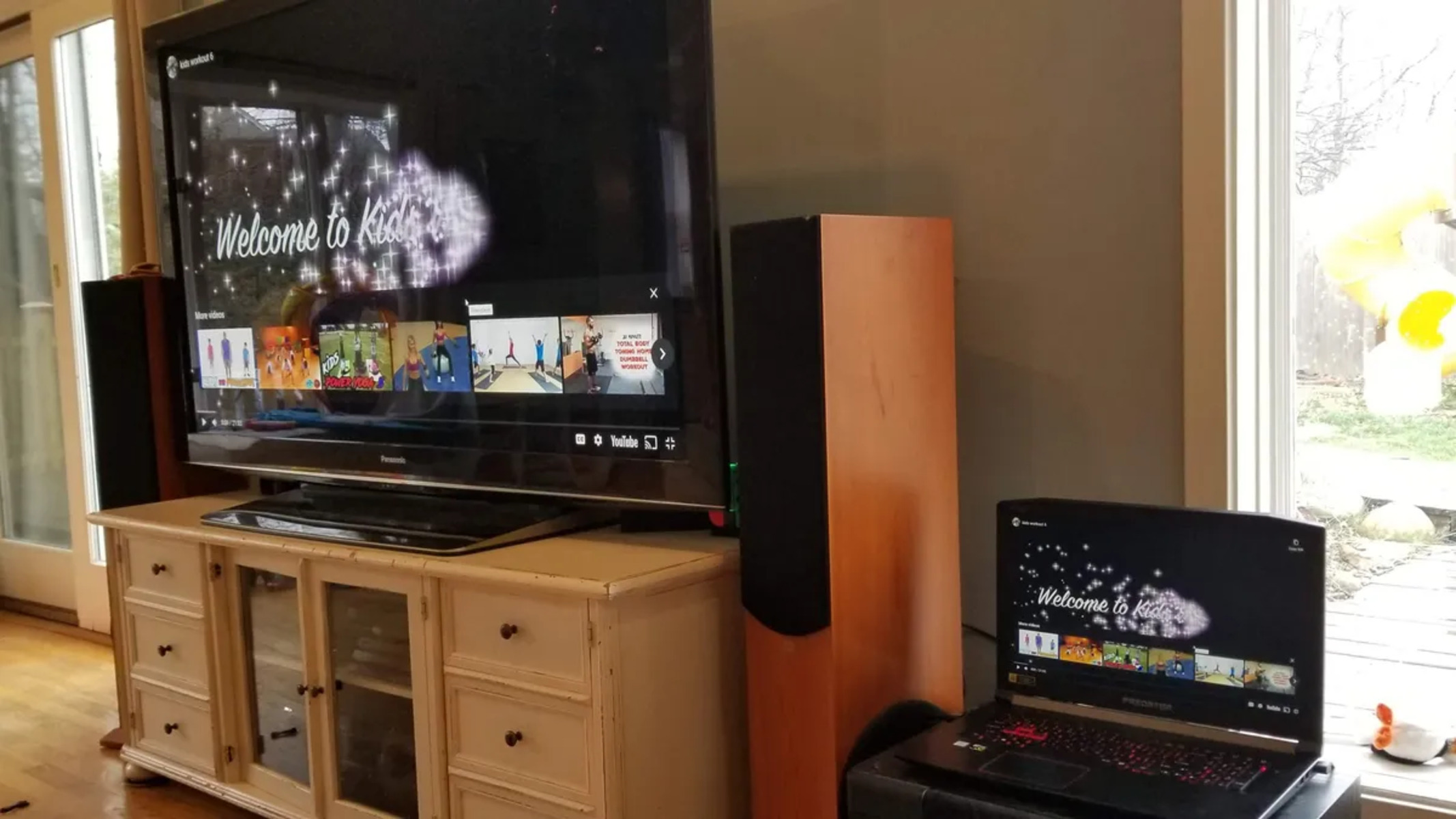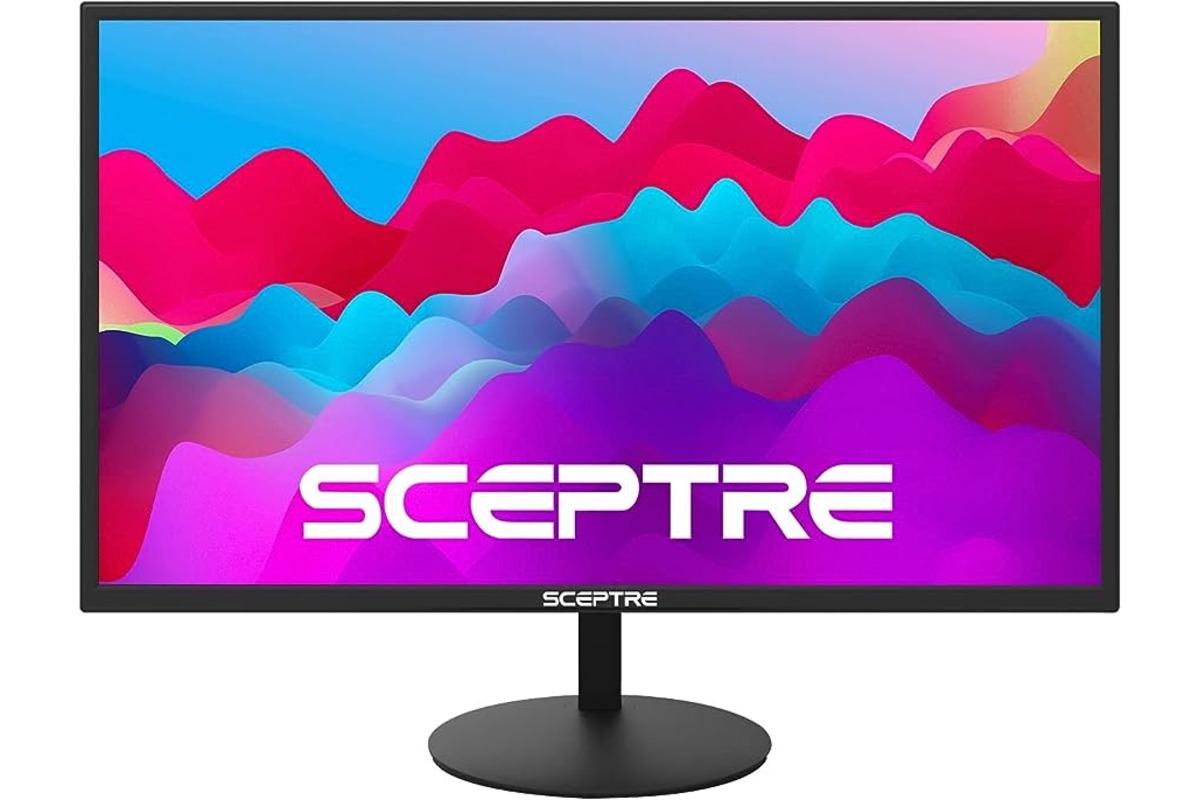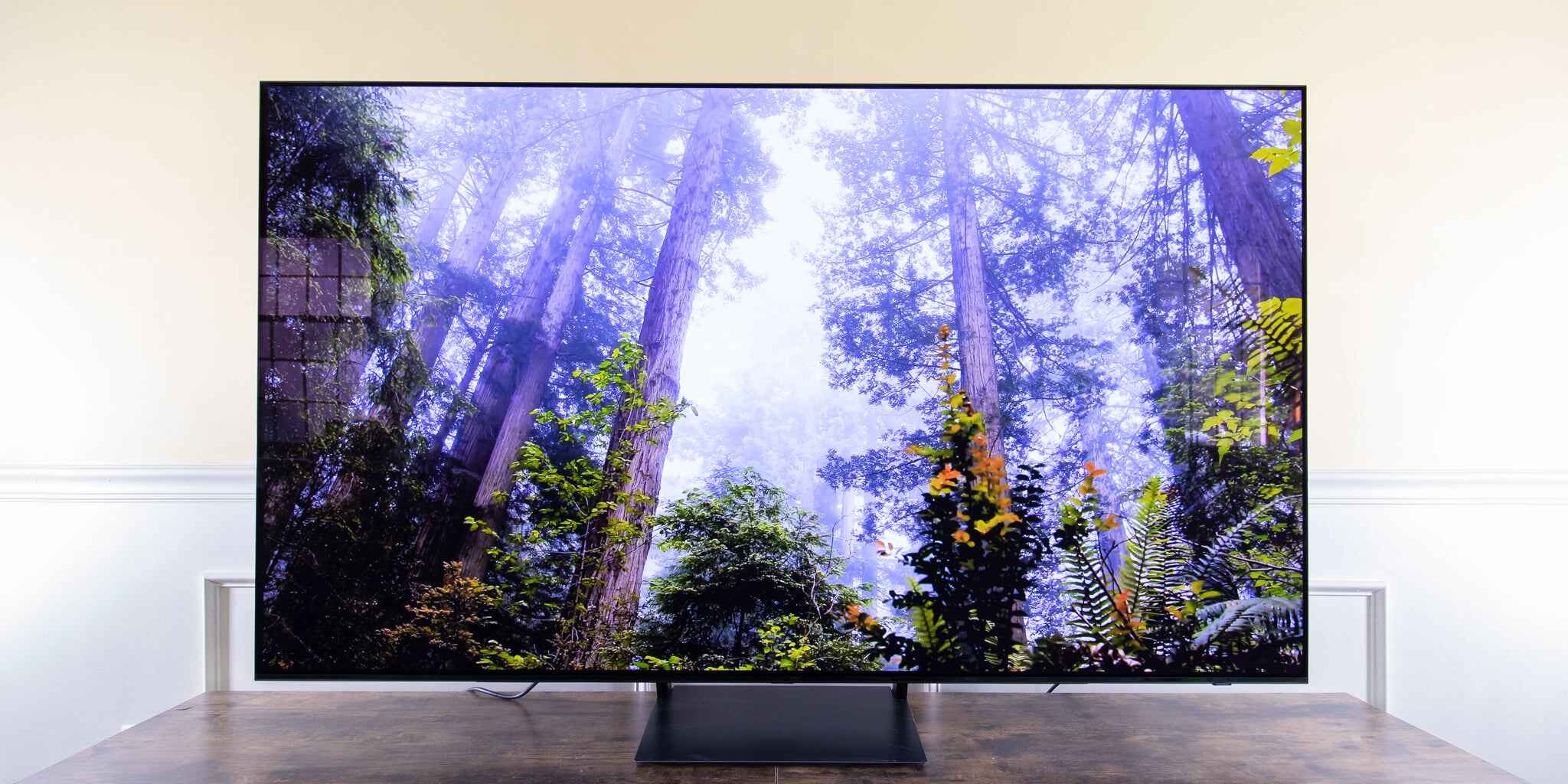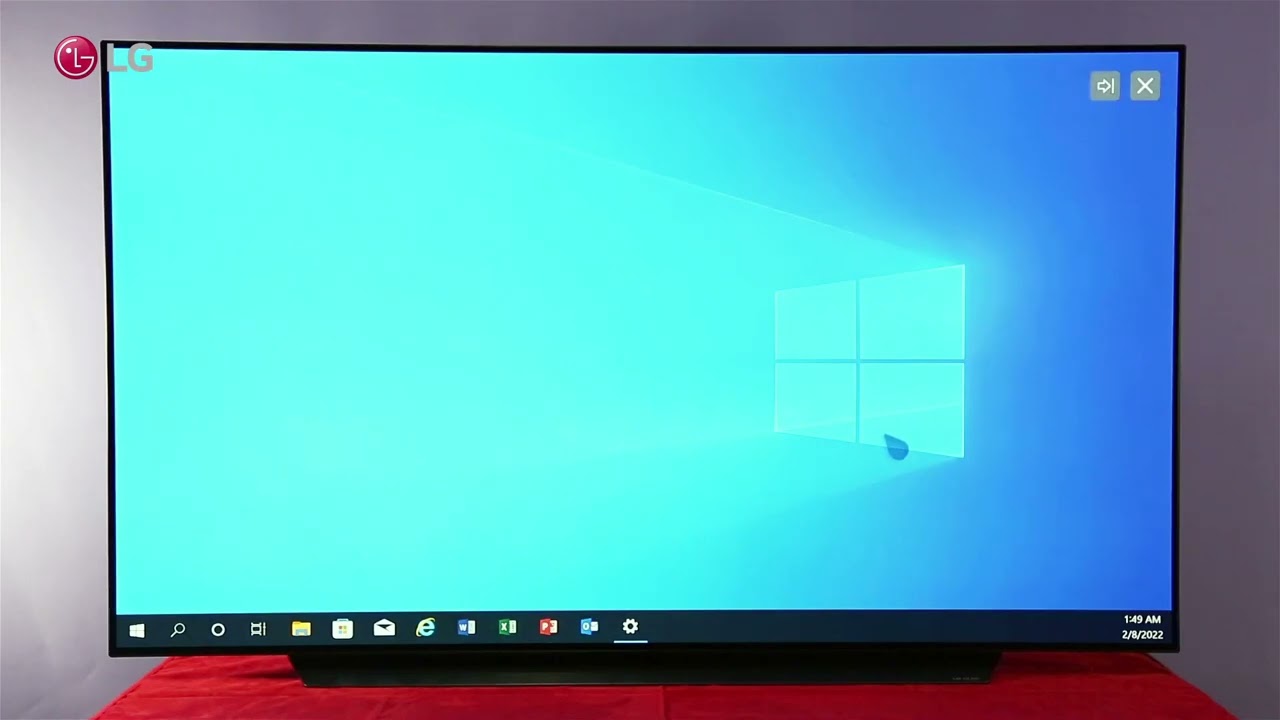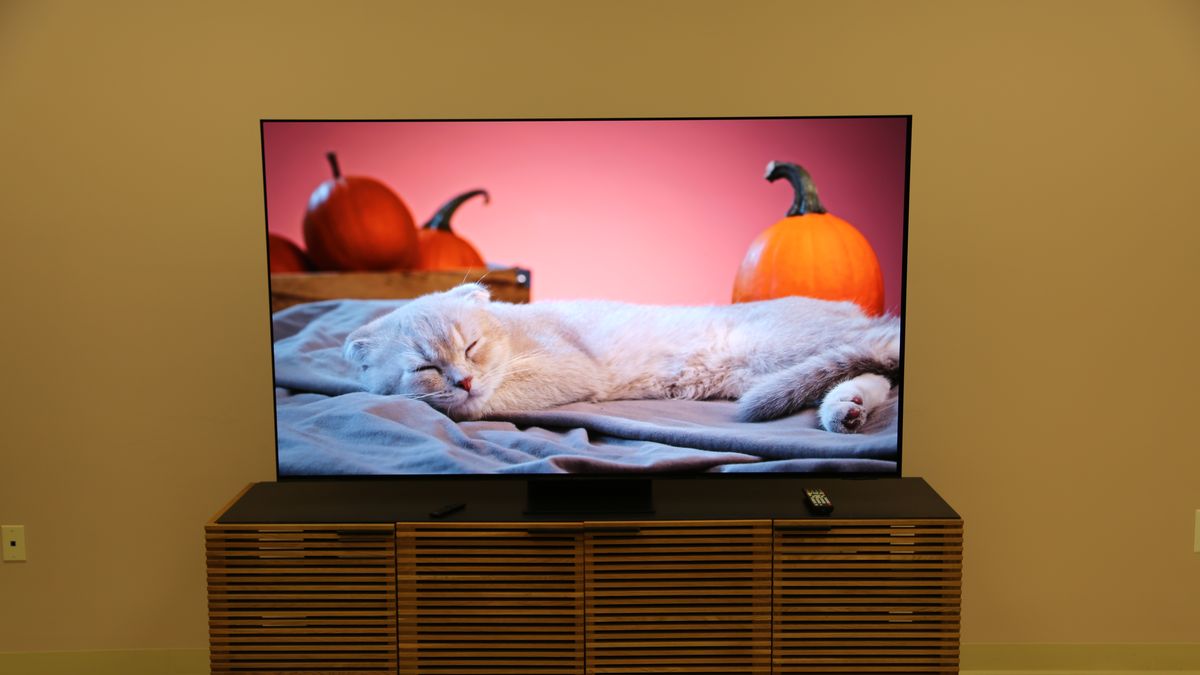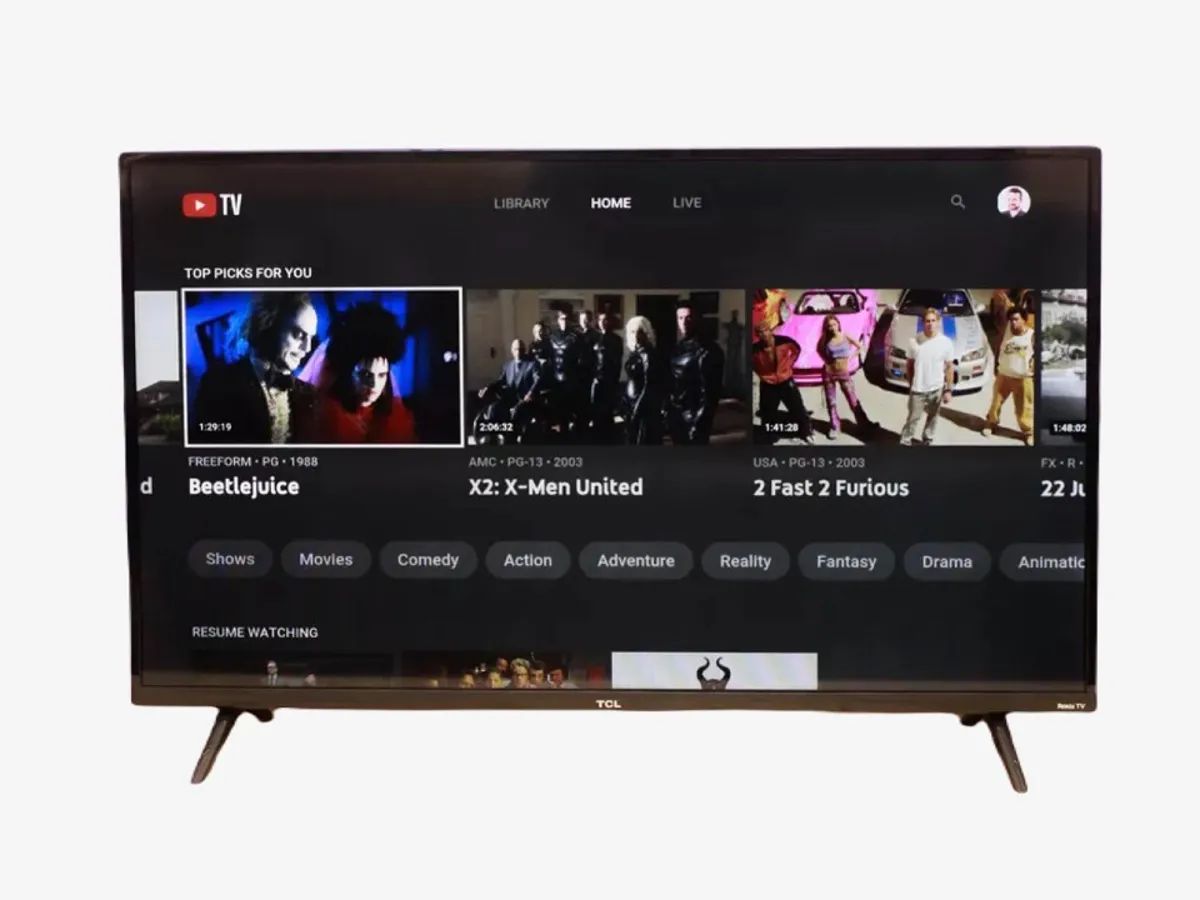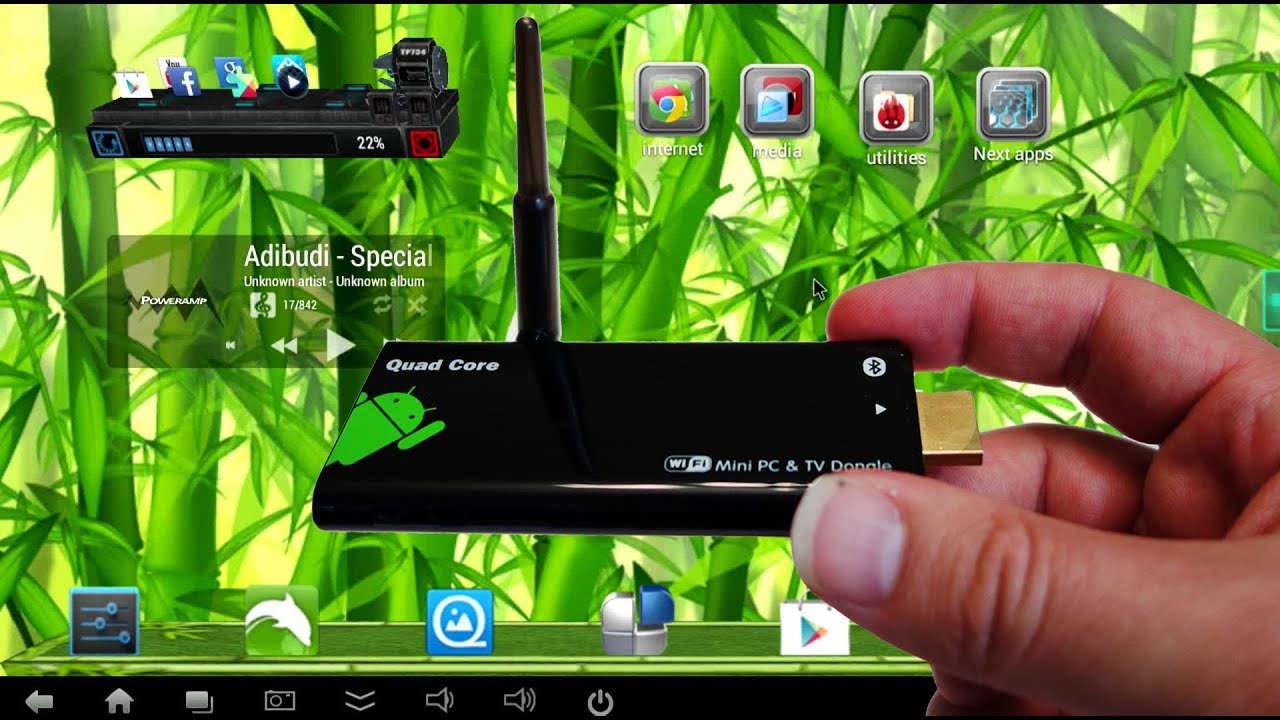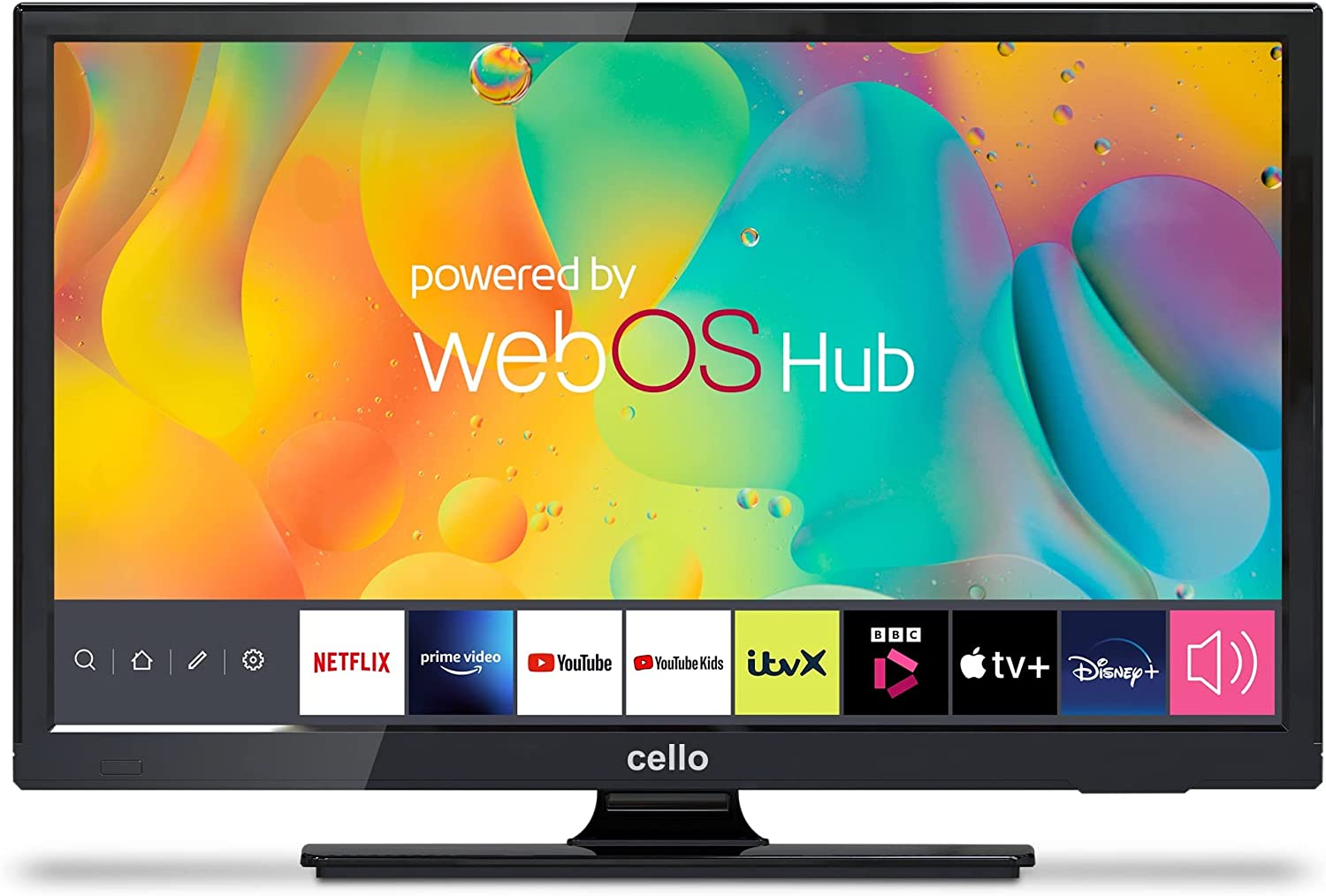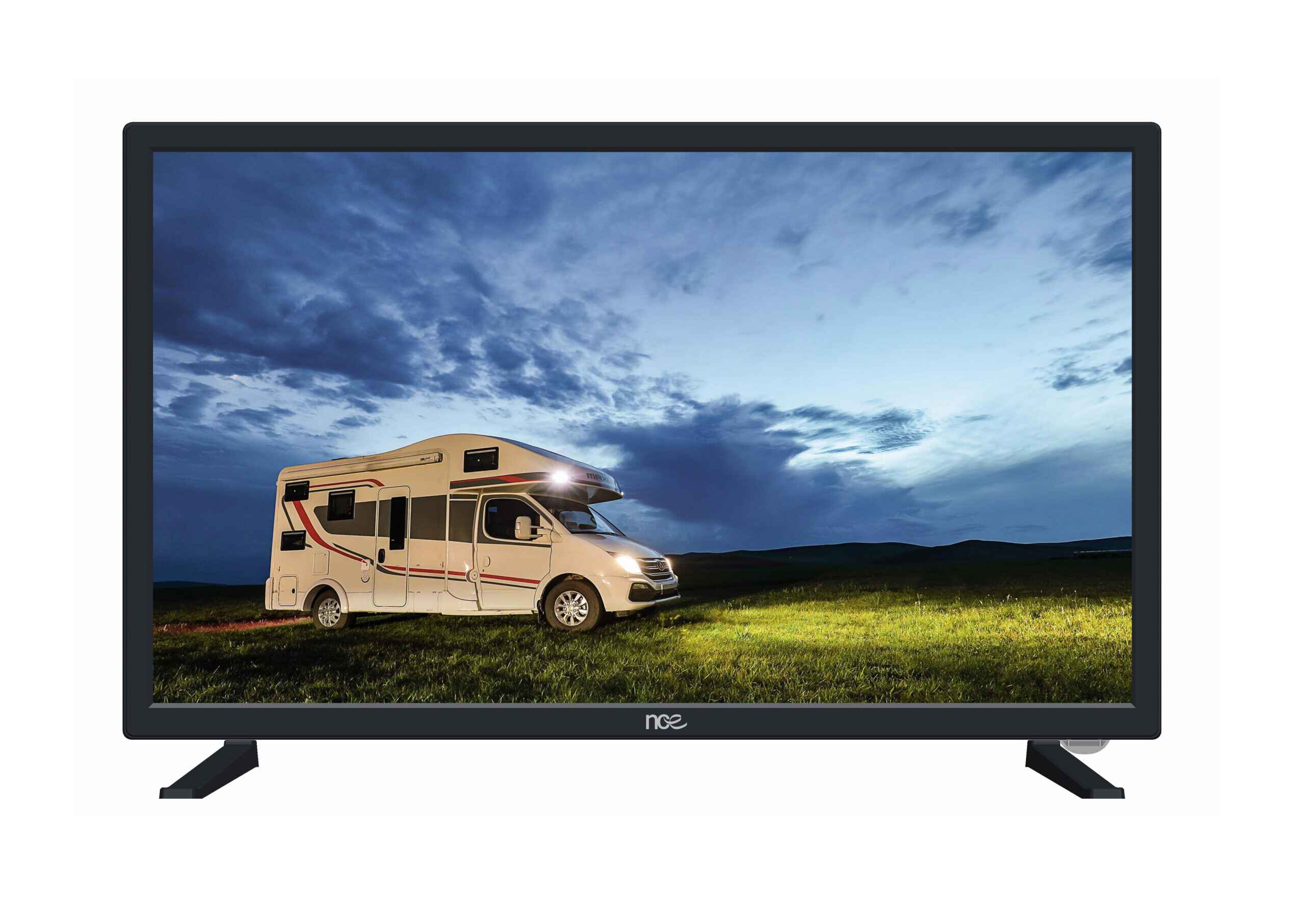Introduction
Connecting your PC to a TV using an HDMI cable is a great way to enjoy videos, photos, and games on a bigger screen. However, you may encounter issues where the PC screen does not fit the TV properly. This can result in cropped display, black borders, or parts of the screen being cut off. Fortunately, there are several steps you can take to adjust the screen and ensure that it fits perfectly on your TV.
In this guide, we will walk you through the process of making your PC screen fit the TV when using an HDMI connection. We will cover various settings and adjustments that you can make to optimize the display, including screen resolution, aspect ratio settings, overscan, TV display settings, and updating graphics drivers.
Whether you’re using your TV as a second monitor, gaming on a big screen, or simply enjoying multimedia content, following these steps will help you achieve the best possible viewing experience. So, let’s dive in and learn how to make your PC screen fit your TV when connected via HDMI.
Check the HDMI Connection
When your PC screen does not fit the TV properly, the first step is to ensure that the HDMI connection between your PC and TV is secure and properly connected. Follow these steps to check the HDMI connection:
- Make sure both ends of the HDMI cable are securely inserted into the HDMI ports of your PC and TV.
- If you have multiple HDMI ports on your TV, try connecting the cable to a different port to see if the issue persists.
- Ensure that the HDMI cable is in good condition and not damaged. If necessary, try using a different HDMI cable.
- Make sure that the HDMI input on your TV is selected. Use the TV remote or the buttons on the TV itself to switch to the correct HDMI input.
By checking the HDMI connection, you can eliminate any loose connections or faulty cables that may be causing the display issue. Once you have confirmed that the connection is secure, proceed to the next steps to adjust the screen settings.
Adjust the Screen Resolution
One of the main reasons why your PC screen may not fit the TV properly is an incorrect screen resolution setting. Follow these steps to adjust the screen resolution:
- Right-click on the desktop and select “Display settings” from the context menu.
- In the Display settings window, scroll down to the “Resolution” section.
- Select a resolution that is compatible with your TV’s native resolution. It is recommended to choose the highest resolution available that is supported by both your PC and TV.
- Click on “Apply” to save the changes.
Once you have adjusted the screen resolution, check if the PC screen fits the TV properly. If not, try different resolutions until you find the one that works best for your setup.
It’s important to note that changing the screen resolution may affect the clarity and sharpness of the display. If you notice any visual abnormalities or the text appears blurry, try adjusting the resolution again or revert to the previous setting.
If the screen still doesn’t fit properly after adjusting the resolution, continue to the next section to explore other settings that can help resolve the issue.
Aspect Ratio Settings
In some cases, the aspect ratio settings on both your PC and TV can affect how the screen fits. The aspect ratio determines the width and height proportions of the display. Follow these steps to adjust the aspect ratio settings:
- On your PC, right-click on the desktop and select “Graphics Options” or “Graphics Properties” from the context menu. The exact option may vary depending on your graphics card manufacturer.
- Navigate to the aspect ratio or scaling settings. These settings may be located under a section like “Display,” “Resolution,” or “Aspect Ratio.”
- Select the aspect ratio that matches your TV’s aspect ratio. Most modern TVs have a 16:9 widescreen aspect ratio, but some older models may have a 4:3 or other aspect ratios.
- Save the changes and close the graphics settings window.
- On your TV, access the picture settings menu. Look for an option like “Picture Size,” “Aspect Ratio,” or “Zoom.”
- Select the aspect ratio that corresponds to the aspect ratio setting you chose on your PC.
- Exit the picture settings menu and check if the PC screen fits the TV properly.
Adjusting the aspect ratio settings on both your PC and TV ensures that the display proportions are correctly matched, resulting in a screen that fits properly. If the issue persists, proceed to the next section to explore additional settings.
Overscan Setting
Overscan is a feature commonly found on TVs that can cause the image to be zoomed in and cropped, resulting in a screen that does not fit properly. Adjusting the overscan setting can help resolve this issue. Here’s how:
- Access the picture settings menu on your TV. Look for an option like “Picture Size,” “Aspect Ratio,” or “Zoom.”
- Locate the overscan setting. It may be referred to as “Overscan,” “Screen Fit,” or something similar.
- Disable or reduce the overscan setting to ensure the entire PC screen fits within the TV display area.
- Save the changes and exit the picture settings menu.
Adjusting the overscan setting can significantly improve the screen fit on your TV. However, keep in mind that overscan settings can vary between TV models. If you’re unable to locate the overscan setting or the issue persists, refer to your TV’s user manual or contact the manufacturer for further assistance.
Now that you have adjusted the overscan setting, check if the PC screen fits the TV properly. If not, continue to the next section to explore additional display settings.
Adjust TV Display Settings
In addition to the settings on your PC, you can also adjust the display settings on your TV to ensure the PC screen fits properly. Here are some key settings to consider:
- Brightness and Contrast: Adjusting the brightness and contrast settings on your TV can help enhance the clarity and visibility of the PC screen. Experiment with these settings until you achieve the desired display quality.
- Sharpness: The sharpness setting controls the level of detail in the display. Too much sharpness can cause artifacts, while too little can make the image appear blurry. Find a balance that provides a clear and crisp picture.
- Color and Saturation: Fine-tuning the color and saturation settings can greatly impact the vibrancy and accuracy of the colors on the screen. Adjust these settings to achieve a natural and pleasing color balance.
- Backlight: If your TV has a backlight setting, it can affect the overall brightness of the display. Experiment with different backlight levels to find the optimal setting for your PC screen.
- Game Mode or PC Mode: Some TVs offer a specific gaming mode or PC mode that optimizes the display settings for better performance and responsiveness. Enable these modes if available to enhance your gaming or PC experience.
By adjusting these display settings on your TV, you can further optimize the PC screen fit and enhance your overall viewing experience. Remember to make gradual adjustments and test the changes to ensure they align with your preferences.
If the screen still does not fit properly after adjusting the TV display settings, it may be necessary to update your graphics drivers, which we will cover in the next section.
Update Graphics Drivers
Outdated or incompatible graphics drivers can sometimes cause issues with screen compatibility. To ensure that your PC screen fits properly on your TV, it’s important to have the latest graphics drivers installed. Here’s how you can update them:
- Open the Device Manager on your PC. You can do this by right-clicking on the Start menu and selecting “Device Manager.”
- Expand the “Display adapters” category to reveal the graphics card installed on your PC.
- Right-click on your graphics card and select “Update driver” from the context menu.
- Choose the option to search automatically for updated driver software. Windows will scan for available updates and install them if found.
- If Windows cannot find the latest driver, you may need to visit the manufacturer’s website for your graphics card and download the appropriate driver manually.
- Follow the on-screen instructions to complete the driver update process.
- Once the driver update is complete, restart your PC to apply the changes.
Updating your graphics drivers to the latest version can potentially resolve compatibility issues and ensure that your PC screen fits properly on your TV. After updating the drivers, check the screen fit once again to see if it has improved.
If the issue persists even after updating the graphics drivers, you may need to explore alternative solutions or seek assistance from a technical expert.
Conclusion
Ensuring that your PC screen fits properly on your TV when using an HDMI connection is essential for an optimal viewing experience. By following the steps outlined in this guide, you can troubleshoot and adjust various settings to resolve any screen compatibility issues. Here’s a quick recap of what we covered:
- Check the HDMI connection to ensure it’s secure and properly connected.
- Adjust the screen resolution to a compatible setting.
- Consider the aspect ratio settings on both your PC and TV.
- Explore the overscan setting on your TV to eliminate cropping or zooming issues.
- Fine-tune the TV display settings like brightness, contrast, sharpness, and color to optimize the visual quality.
- Don’t forget to update your graphics drivers to the latest version for improved compatibility.
By following these steps, you should be able to resolve most screen fit issues and enjoy your PC content seamlessly on your TV. Remember that the exact settings and options may vary depending on your specific PC and TV setup. If you encounter any difficulties, consult your PC or TV manufacturer’s documentation or reach out to their support team for further assistance. Now, sit back, relax, and enjoy your content on the big screen!







